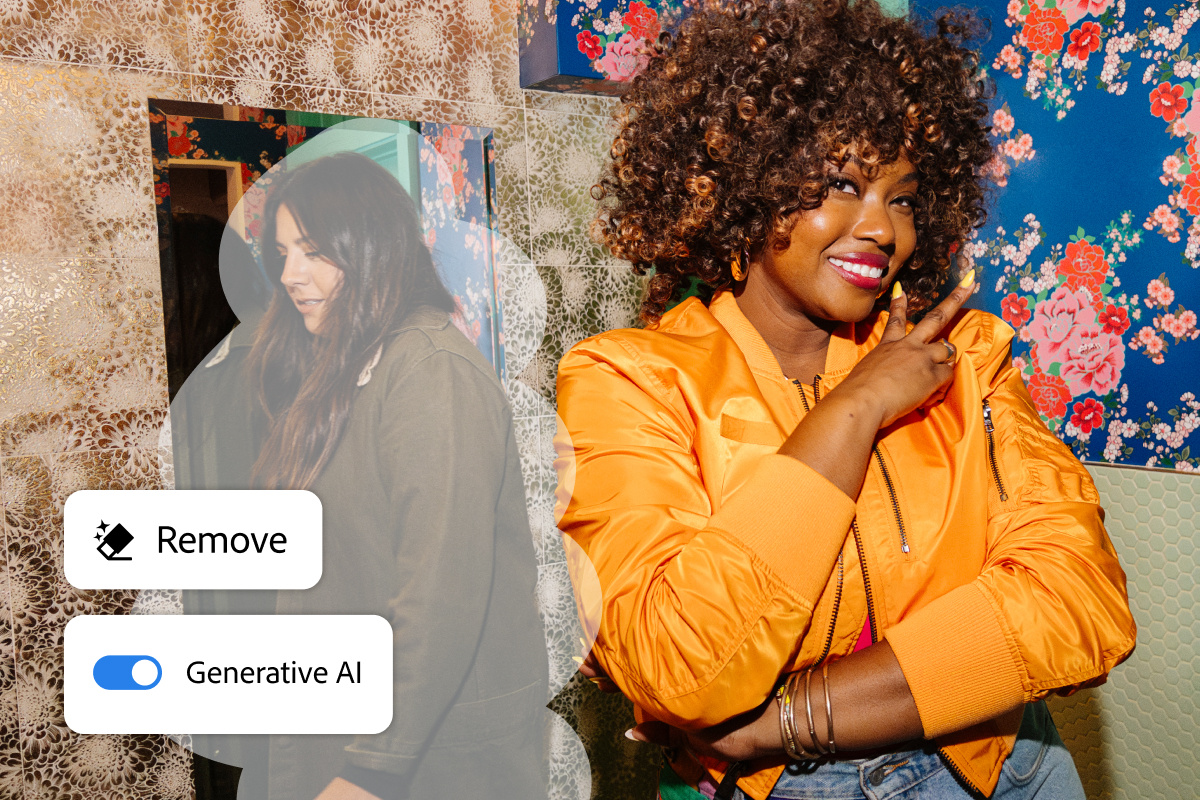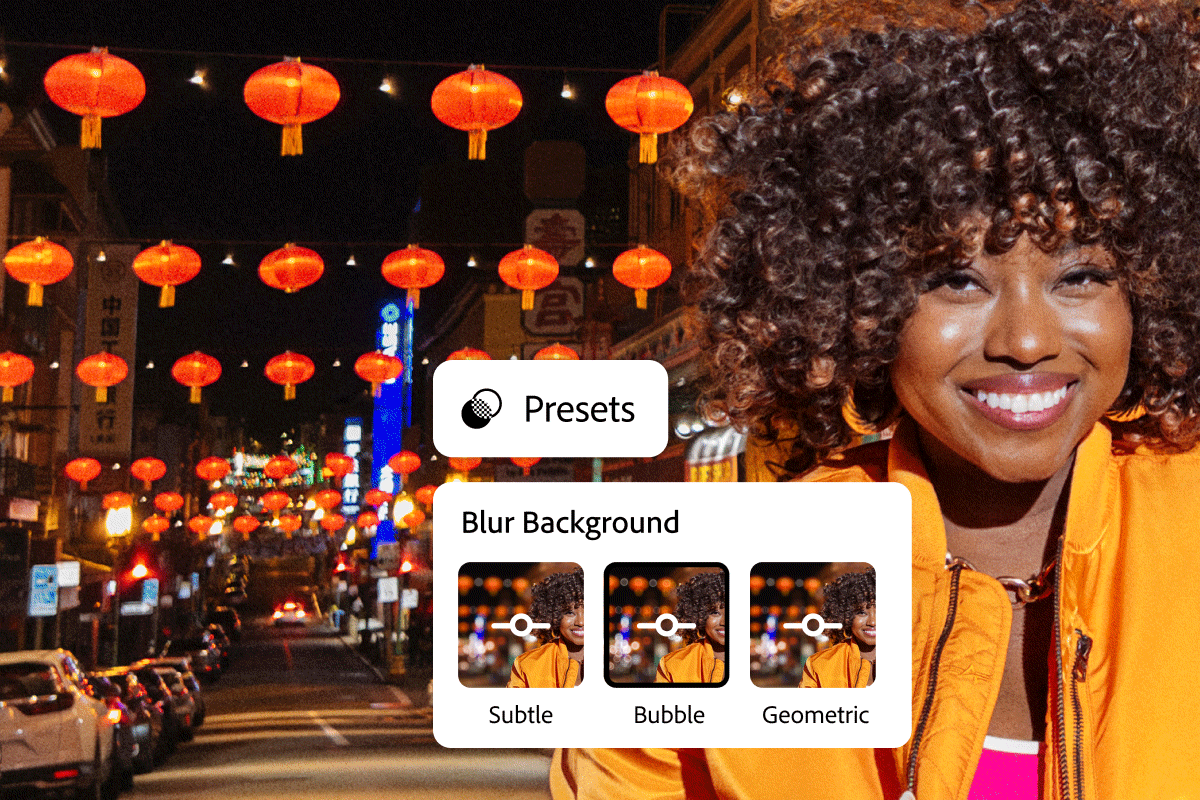Today, Adobe is bringing its popular Firefly Generative AI technology to Lightroom in the form of Generative Remove and Lens Blur. These features will be available in all Lightroom incarnations, including the mobile app, desktop app, and web browser versions.
The most exciting news for me is the addition of Generative Remove to Lightroom, available today as an Early Access feature. This feature makes it easy to remove unwanted elements from a photo. Generative Remove can eliminate minor elements like stray facial hair or more complex distractions like an unwanted person standing in the background of an environmental portrait. Accessing Generative Remove is no more complicated than cropping a photo or adding a preset to an image. Using a brush tool, the user can make a quick selection of the unwanted element and Lightroom will present three versions of the photo with that element removed. The user can choose which version they prefer.
As a headshot photographer, I use Adobe’s Generative Fill in Photoshop to straighten neckties, remove stray hairs, smooth wrinkles in clothing, and remove skin imperfections. However, in my current workflow, the image must be exported to Photoshop for these adjustments. The new workflow allows these AI adjustments to be made directly in Lightroom.
Although the feature currently uses Adobe’s older Image 1 model rather than the newer Image 3 model available on the company’s Firefly platform, Generative Remove is better than the Healing Brush, which performs a similar function. Using the Healing Brush, the user must select an area that the program will use to replace the unwanted element. Imagine a seamless paper background that is torn on one side. The user will select an area of the undamaged part of the background that the program will use to cover the unwanted element. This often works well, but there are times when there is no area of the photo that can be used to cover the unwanted element. Generative Remove works differently because the program understands the composition of the photo and Lightroom creates what the program thinks would appear in the photo if the unwanted element were not present.

The feature is easy to use and photographers are likely to use it not only to improve their professional work with clients, but also to enhance photos taken for personal use. Lightroom tries to preserve the color tone, detail, and grain of the original image.

Lens Blur is also available today. The AI-powered feature takes into account the distance and design of background elements to ensure that the added blur effect is realistic and as close as possible to how the photo would have looked if it had been created with camera settings that allow for shallow depth of field on the field. Lens Blur also includes presets that the user can adjust to their personal taste. Lens Blur can be used in conjunction with Generative Remove. Imagine a portrait taken on a busy street. The user can use Lens Blur to make background elements more blurry and less distracting to the viewer. After doing this, the user sees that there is still a distracting figure in the background. Using Generative Remove, this person can be removed from the image. Once the face is replaced, the user can use the blur tool to change the sharpness or blur of the part of the image that was added through AI to ensure that all parts of the image look organic for the final photo edit.
According to Adobe, a recent survey conducted by the company shows that 76% of US consumers emphasize the importance of knowing whether online content is generated using AI. For this reason, content credentials are automatically attached to photos edited with Generative Remove and Lens Blur. Content identifiers are tamper-proof metadata that provide viewers with information about the creation, modification, and publication of images and artwork. This information allows transparency in the creative process so that the viewer knows if the image has been corrected. Similarly, a viewer can use content credentials to ensure that an image accompanying a news article has not been altered since it was originally captured. More information about content credentials can be found on the Content Authenticity Initiative (CAI) website.
In other news announced today, Adobe will expand its enterprise supply chain solution with new AI-powered capabilities in Adobe Express for Enterprise. By doing this, Adobe will greatly increase the number of people who can create content and publish to each channel, including:
- Social media teams with a constant need for new content
- Team members who don’t have the budgets to outsource content creation
- Sales teams that need to constantly update decks to customize content for presentations
- Communications teams that need to create tests for media briefings or reports for internal stakeholders
Adobe is quick to note that over 8 billion images have been created or modified with its AI-generating features since its introduction in March 2023. Firefly is trained on Adobe-licensed content, and any images created or modified in Lightroom will not infringe copyright rights and other intellectual property (IP) rights, such as likenesses, locations, trademarks or logos. As a result, companies using Adobe Express for Enterprise can allow team members to use Adobe’s AI technology to create or modify content without providing licensing or usage permissions.



